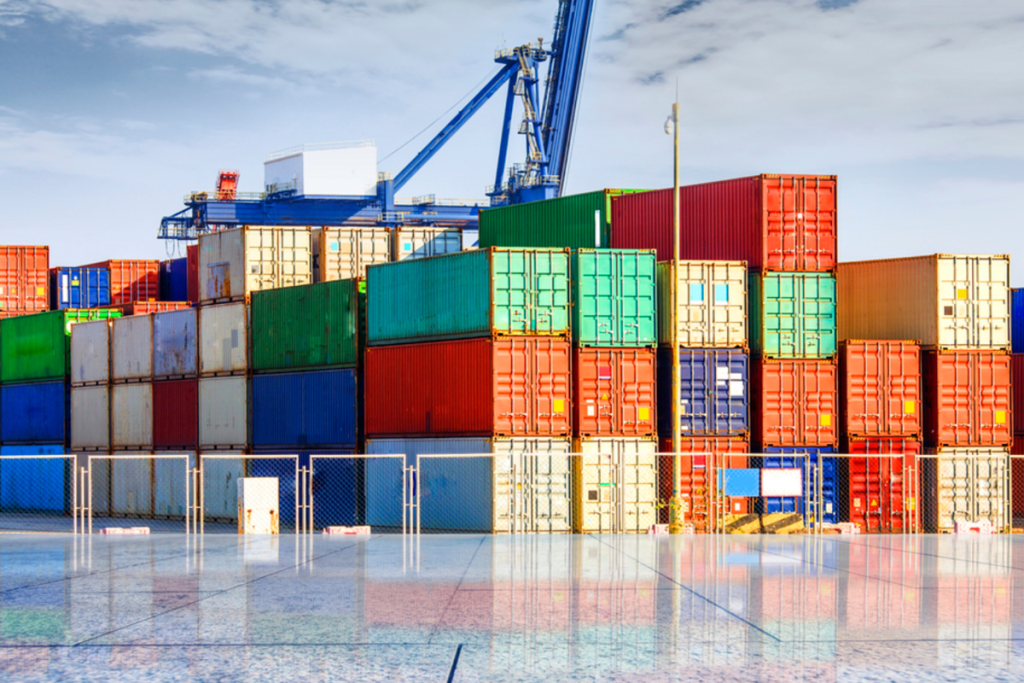Nearshoring decisions are often driven by urgency, geopolitical risk, tariff pressure, or board-level mandates to shorten lead times. But as production migrates to Mexico, Eastern Europe, and North Africa, companies are learning that geographic proximity does not equal cost efficiency. The total cost of ownership is being quietly reshaped by inconsistent customs regimes, lopsided incentive structures, and volume fragility that undermines scale.
Proximity Doesn’t Equal Predictability
When Tesla selected Monterrey for its next gigafactory, the choice was seen as a model for efficient North American nearshoring. Yet suppliers watching the project unfold have flagged new complexities: fluctuating customs duties based on origin rules, uneven state-level tax relief, and exposure to congestion in cross-border drayage networks. What appears cost-neutral on a per-unit basis can quickly erode margins when landed cost models fail to account for these variables.
The core issue isn’t location, it’s assumptions. Many nearshoring models still treat cost structures as stable and scalable. But in emerging production corridors, especially those fueled by fiscal incentives, the very levers that attract investment are often politically or administratively volatile. Procurement teams that don’t build cost resilience into their models risk repeating the same overexposure they sought to escape by leaving China.
Reasserting Control Over Nearshore Cost Structures
Landed Cost Decomposition: Move beyond aggregate pricing to isolate discrete cost drivers—customs clearance, local logistics, tax leakage, and labor volatility. This allows procurement to pressure-test supplier quotes and rerun TCO scenarios under different regulatory or throughput assumptions.
Incentive Realism Scoring: Don’t assume every tax break or grant survives implementation. Weight supplier location scores based on incentive maturity, legal precedent, and historical payout rates. What’s signed on paper doesn’t always materialize in practice.
Dual-Sourced Volume Models: Split volume across two regional suppliers to test cost stability. This approach limits overcommitment to a single incentive regime and creates benchmarks for actual vs. modeled logistics costs, particularly where customs or transit times vary significantly.
Cross-Border Logistics Simulations: Partner with logistics teams to run digital twin models on inland and cross-border flows. In regions like northern Mexico or Eastern Europe, chokepoints can add 24–72 hours in unplanned delays. The cost of that lag—on labor, inventory, and service level—is often excluded from early-stage sourcing models.
Margin-at-Risk Mapping: Introduce a sensitivity layer that scores suppliers not just on base cost, but on cost volatility under different volume, tariff, or compliance disruption scenarios. This allows buyers to see how much margin is at risk under real-world shocks—not just spreadsheet logic.
From Location Shift to Cost Intelligence
Procurement teams under pressure to nearshore must balance speed with scrutiny. The risk isn’t that nearshoring fails, it’s that it succeeds on paper but leaks value in execution. In many cases, cost surprises don’t surface until year two, when scale, enforcement, or incentive dependencies reveal themselves.
The companies winning in this environment aren’t just localizing production—they’re localizing cost control. For CPOs, that means transforming landed cost analysis from an onboarding exercise to a continuous governance discipline—one that doesn’t end when the factory doors open.



